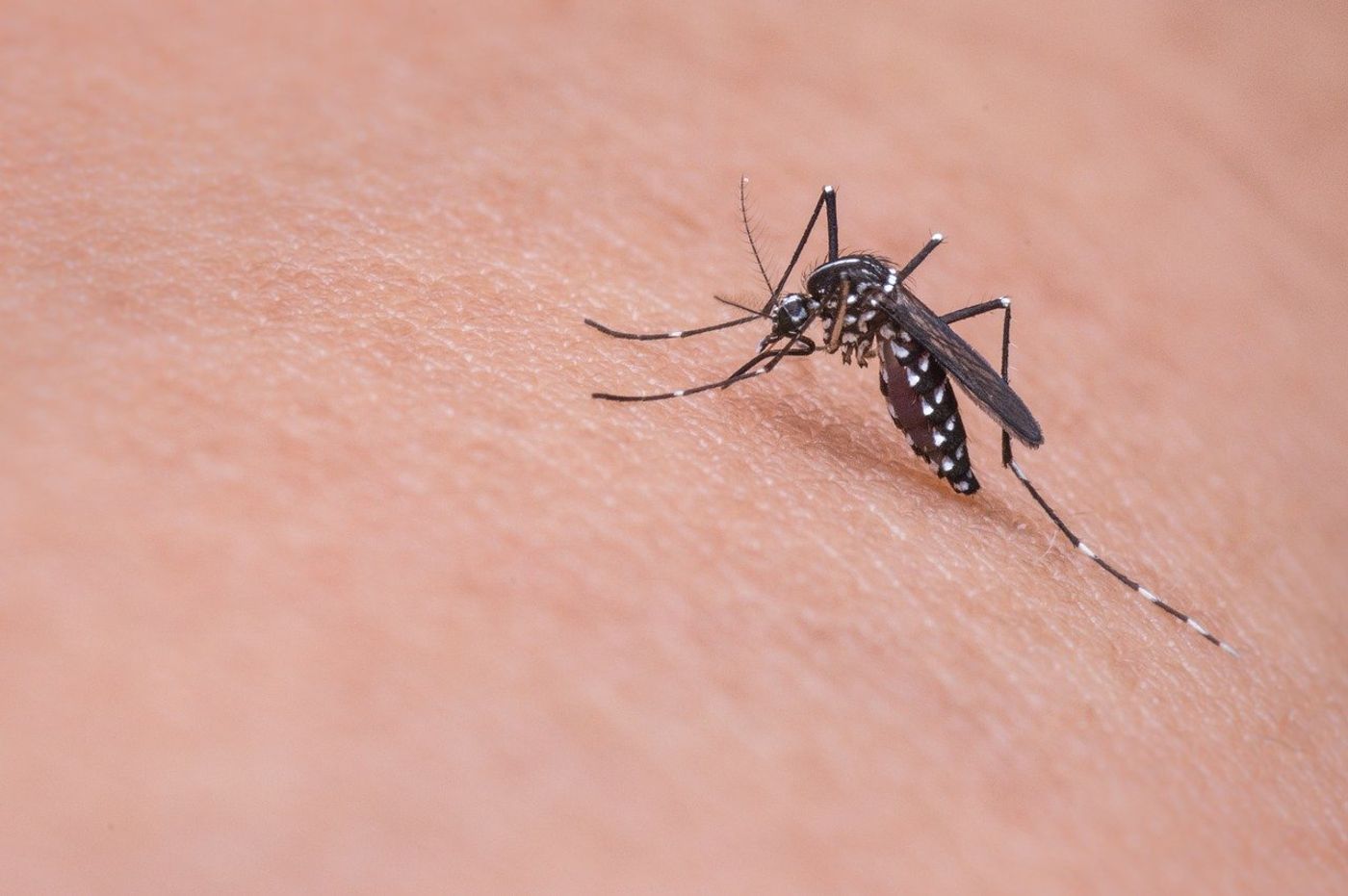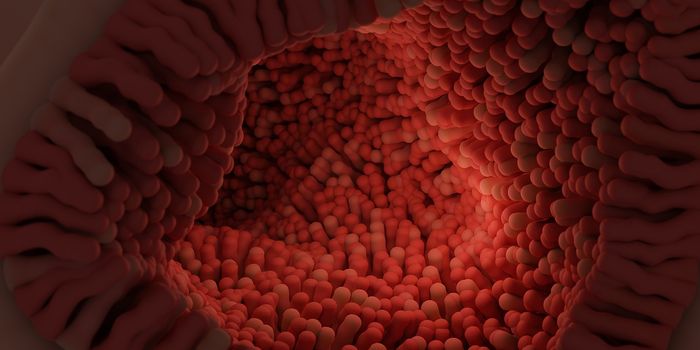How the Skin Shields Against Zika Infection
Aedes mosquitoes are native of Africa but are commonly found in regions of the Americas, Asia, and the Pacific. These daytime-active bloodsuckers are notorious for being a vector responsible for transmitting a number of diseases: dengue fever, Chikungunya, and Zika fever, to name a few.
To fully understand the molecular dynamics of Zika virus infection, scientists are starting from the beginning — the site of the mosquito bite. A team led by a professor of dermatology at Duke, Amanda MacLeod, used mouse models to map how the skin acts as an antiviral shield during Zika virus transmission in an effort to resist infection. The study was published recently in Science Advances.
The researchers identified that an immune cytokine, interleukin 27 (IL-27), plays an important role in “calling” for backup from other immune cells when the Zika virus penetrates the skin. This innate immune response also stimulates the production of antiviral proteins to neutralize the virus. Fascinatingly, when the virus is introduced into the body through a different point of entry, IL-27 responses are not activated, thereby exacerbating the neurological symptoms of Zika disease.
"What's particularly interesting is that, especially in the absence of acquired immunity and memory responses, our natural innate immune system is highly relevant as it acts much faster—anywhere from hours to a day—than acquired immunity. Most vaccines require boosters over months or years to attain host immunity," says MacLeod.
When the virus evades the immune system, the resulting infection causes a range of symptoms that mostly feature a mild rash, fever, and headache. The consequences of Zika disease are far more devastating when a pregnant woman is bitten by a virus-transmitting mosquito. In these cases, brain deformation and microcephaly (a condition where the infant’s head circumference is much smaller than average) can result.
The World Health Organization has been calling for a vaccine to be developed quickly to prevent Zika outbreaks, particularly in rural communities. As of 2016, 18 companies were actively chasing the development of a potential vaccine, though experts predict these will take at least a decade to hit the market.
Research findings on the natural protective antiviral pathways, such as those from MacLeod and colleagues, will greatly impact the development of novel preventative and therapeutic strategies against Zika disease.
Speaking on the potential to leverage this data towards thwarting other viral infections, MacLeod commented, "Whether our results could also potentially be applied to other viral pathogens such as SARS Cov-2, the pathogen that causes COVID-19, remains to be tested in future studies.”
Sources: Medical XPress, Science Advances.









